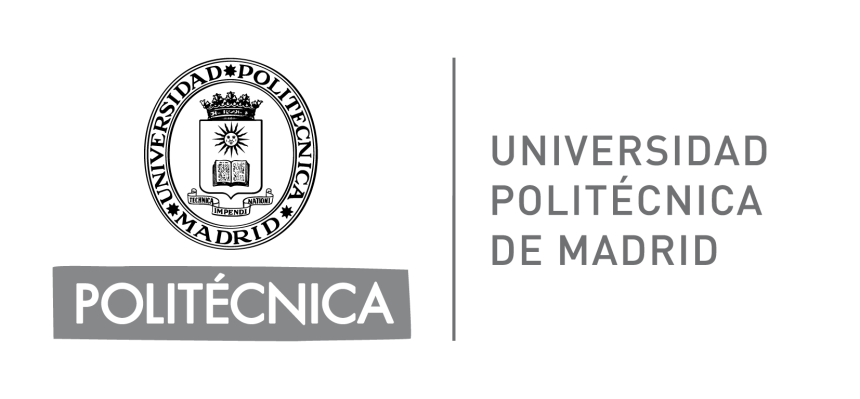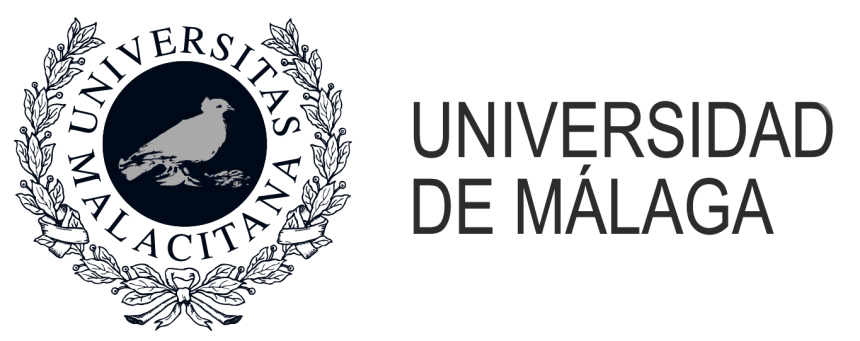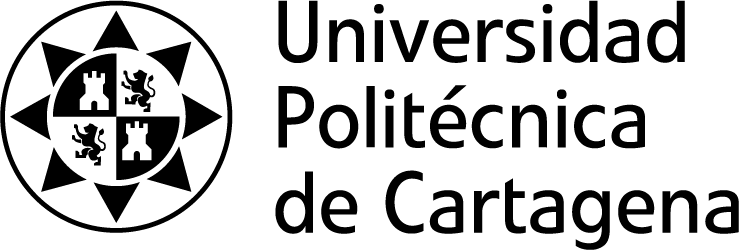Sustainable reuse of earthen architecture and its lessons for contemporary architecture
ABOUT THE PROJECT
Faced with the threat of climate change, the need to save energy and to reduce CO2 emissions is currently a priority both at European and global level. In all European countries major efforts and investments are being made in the field of architecture in order to improve the energy performance of existing buildings and new constructions as well as to control emissions during the life cycle of buildings. Architectural heritage, particularly the historic housing of urban nuclei and rural areas, is included in this process. However, there is not always true compatibility between the energy retrofitting of homes and their heritage values (joinery replacement, installation of insulation panels on façades and roofs, rendering with industrial materials, etc.). These types of actions, devised with recently constructed buildings in mind, are applied to traditional architecture without taking into account their capacity for savings in energy efficiency and for reducing emissions during the life cycle, in addition to the low cost of materials found in traditional construction. These concepts become even more evident in the case of architecture built with earth, a material widely used in the traditional architecture of Spain (in walls, renderings, roof underlayers, floors, etc.).
The project aims to research the real behaviour of traditional earthen buildings and the potential for carrying out energy retrofitting actions compatible with their heritage values following a holistic approach. Real cases will be studied to provide precise figures and feasible and compatible solutions. Furthermore, earth is also an efficient material which can be used in current architecture in order to save energy and reduce emissions. Traditional architecture provides lessons on how architecture can be incorporated into the surroundings, working around local climate and using locally sourced materials in construction. These are without a doubt some of the strategies which help guarantee continuity for the culture of our regions, keeping production and running costs for buildings to a minimum, promoting local economy, etc. There are already numerous examples of recent architecture which have used earth as a construction material that is advantageous in this respect. However, climate change is pushing us towards increasingly extreme situations which require us to consider what we can learn from tradition and how we can improve this in order to address increasingly extreme and ever-changing climate.
In this regard, the EARTH 4 FUTURE project aims to study a prototype for earthen construction in order to apply lessons learnt from local architecture to the current climate situation and the worsening – and at times extreme – conditions, in turn guaranteeing maximum energy saving in both the construction and use phases. In short, it aims to merge tradition and innovation in the search for a suitable course of action which can meet the necessary objectives of energy efficiency and reduction in emissions, while also taking into account cultural, heritage and social values.












